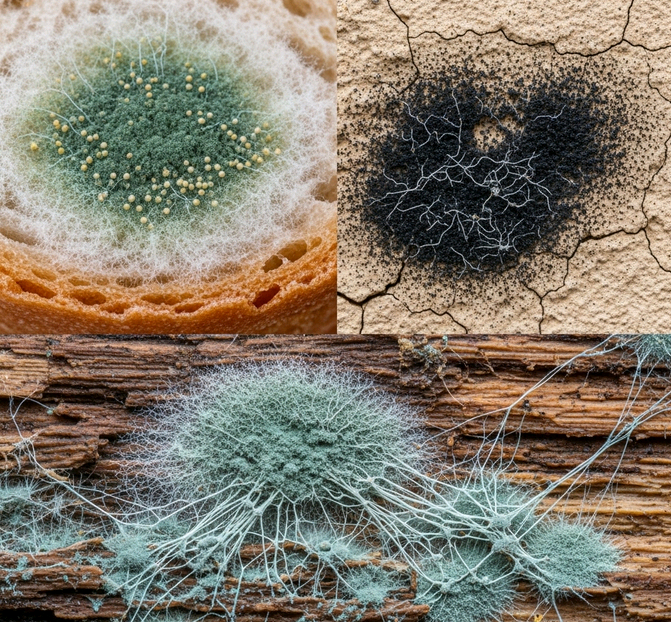Mold that appears in food is a clear example of why natural is not always better or healthy, but quite the opposite. A very common practice in the presence of mold, which almost all of us have done at some time, is to discard the contaminated part to consume the rest, but this habit can be dangerous due to mycotoxins. Knowing exactly what mold is, why it arises and when it is edible allows us to reduce food waste without putting our health at risk.
No one likes to throw food away, and indeed food waste is one of today’s biggest problems, but it is never worth risking your health just to take advantage of an apple or half a packet of sliced bread; cases of extreme necessity aside. As much as it has been “done this way all our lives”, at any moment we can suffer from food poisoning. Mycotoxins can also have serious effects such as gastrointestinal problems, renal and hepatic alterations or fetal damage, and in the long term they are cancyrogenic.
What is mold and why does it appear?
Mold is the name given to various species of tiny fungi (from the kingdom Fungi) that develop in an organic medium, often decaying, which is nutritious for their growth. Although it can appear outdoors, it is more frequent to appear in closed spaces, far from light, and with high humidity. It is also favored by high temperatures, although this does not prevent it from appearing in cool places, even in the refrigerator. Humidity and organic matter is what it likes the most.
Although there are fungi that are not dangerous, and in fact we can consume them, there are genera that are dangerous because of the mycotoxins they produce and contaminate food silently and invisibly. These mycotoxins are toxic substances and pose a health risk if ingested.
Fungi are practically everywhere. When they find ideal conditions of temperature and humidity, the spores germinate and their life cycle begins. At this time, the concentration of toxic molecules is high and they can excrete them into the environment. #microMOOCCA3 pic.twitter.com/iljzErKDX7
– Gram Positive (@gram_positive) October 21, 2019
Fungal spores surround us everywhere; when they find the ideal conditions for their development, they germinate and their life cycle begins. In this early phase, potentially dangerous fungi concentrate a large amount of toxic molecules and expel them to the outside; if mold appears in a food, mycotoxins can thus penetrate it or spread and colonize nearby products.

